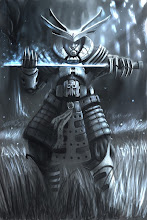Picasso and his fellow artists invented a new approach to handling space with figures abstracted into geometric shapes. This of course challenged the 400 year old way of seeing pictorial art.
Picasso's Weeping woman
 http://www.metmuseum.org/TOAH/HD/pica/hd_pica.htm .
http://www.metmuseum.org/TOAH/HD/pica/hd_pica.htm .The prestigious Bauhaus, was the school in which all of the Fine Arts and Crafts were combined. The Bahaus was mostly influenced by the lack of ornamentation which has become the International style in architecture. It was due to the modernist movement that the Bauhaus came to become one of the most famous places for the development of the arts, especially architecture.

michelleelkin.wordpress.com
A poster from the period showing the use of san-serif fonts, clean lines, flat colors, diagonal and, white space;
The constructivists took an artistic outlook aimed to encompass cognitive, material activity, and the whole of spirituality of mankind. The artists tried to create works that would take the viewer out of the traditional setting and make them an active viewer of the artwork.

“Beat the Whites with the Red Wedge” by El Lissitzky in 1920.
Posters designed from Constructivist artists that used geometric abstraction along with dynamic angles and view points, photomontage, cinema, abstract uses of light and contrast.

Posters designed from Constructivist artists that used geometric abstraction along with dynamic angles and view points, photomontage, cinema, abstract uses of light and contrast.

www.tate.org.uk

